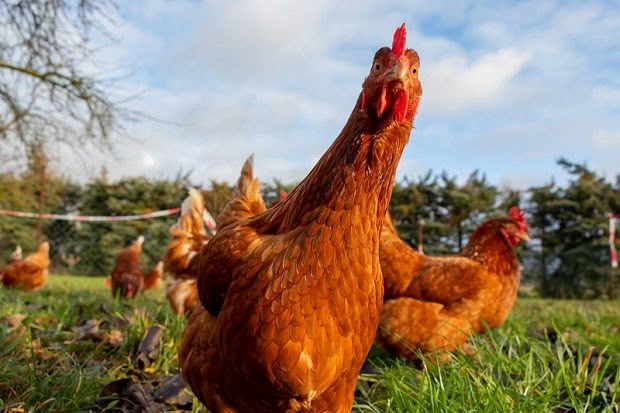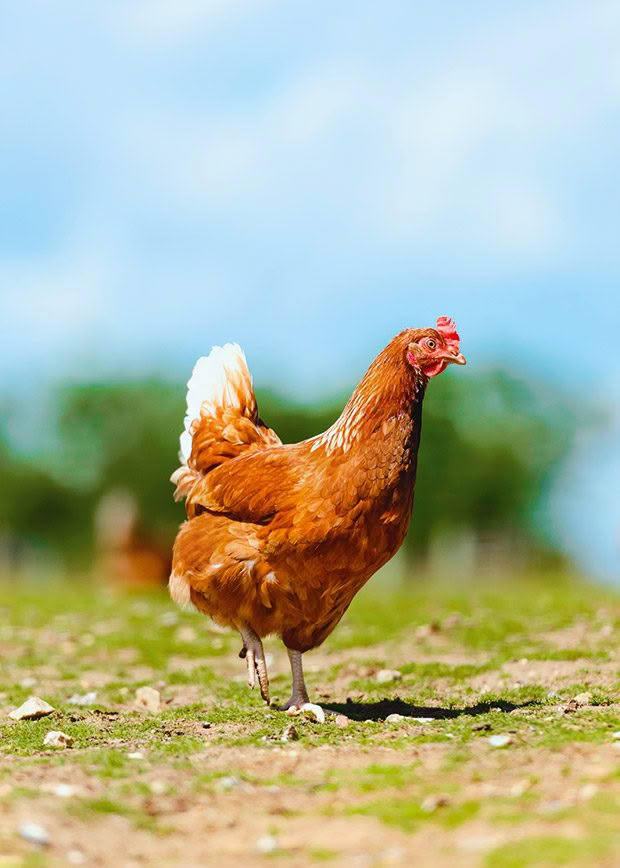2 hybrid hens that will lay twice the number of eggs

While hybrids don’t have a long lifespan, these egg-laying machines are the best value of any poultry.
Words: Sue Clarke & Nadene Hall
Breeds: Shaver Brown & Hyline Brown
Type: commercially-bred hybrids
Egg production average aged 18-70 weeks: 300 eggs in one laying season (5.8 eggs per week)
Egg production average, aged 18-100 weeks: 467 eggs before first moult (5.7 eggs per week)
A hybrid Shaver or Hyline hen living in perfect production conditions will lay over 450 eggs by the time she’s 20 months old. That’s something that will take a heritage breed or ‘barnyard special’ several years to achieve.
She’ll also do it eating just 120g of commercial feed per day, the most economical of any poultry. But those incredible numbers are dependent on the environment, nutrition, and management. To achieve it, they need:
■ a constant day length of 16 hours, the equivalent of a summer’s day, even during winter (thanks to lighting);
■ the best quality food, always available;
■ a shed or barn kept at around 20°C, especially at night, and at least 16°C on a frosty night.

Hyline brown.
Hybrids don’t have a long lifespan. These hens lay about twice the number of eggs in half the time compared to an average cross-bred backyard hen, but their bodies are prone to early burnout. They tend to die from heart issues, or because of problems with their reproductive organs.
WHY ‘RESCUE’ BIRDS OFTEN DIE YOUNG
When you adopt a ‘rescue’ hen that was living on a commercial farm, she’s termed an ‘end of lay’ bird. She’s laid her 467 eggs eating an efficient amount of feed, but she needs to moult. It’s not worth it for a commercial breeder to feed her through a moult, and she won’t continue to lay the high numbers of quality eggs as she did before, so they choose to cull her instead.
If rescued, these hens leave a consistently warm, well-lit, mostly disease and parasite-free environment for one that’s often colder, darker, and full of pathogens to which they have no immunity. They may not get the same quality or quantity of feed. It all puts them at a much higher risk of getting sick and dying.
If you rear a commercial chick on your block from one day old, she stands a higher chance of living a longer life, but she’s unlikely to be as productive as her sisters living in a commercial environment. However, she’ll be more attuned to the changing seasons of day length, the difference in temperatures through the seasons, and develop immunity to a wide range of pathogens in your environment.
Love this story? Subscribe now!
 This article first appeared in NZ Lifestyle Block Magazine.
This article first appeared in NZ Lifestyle Block Magazine.
